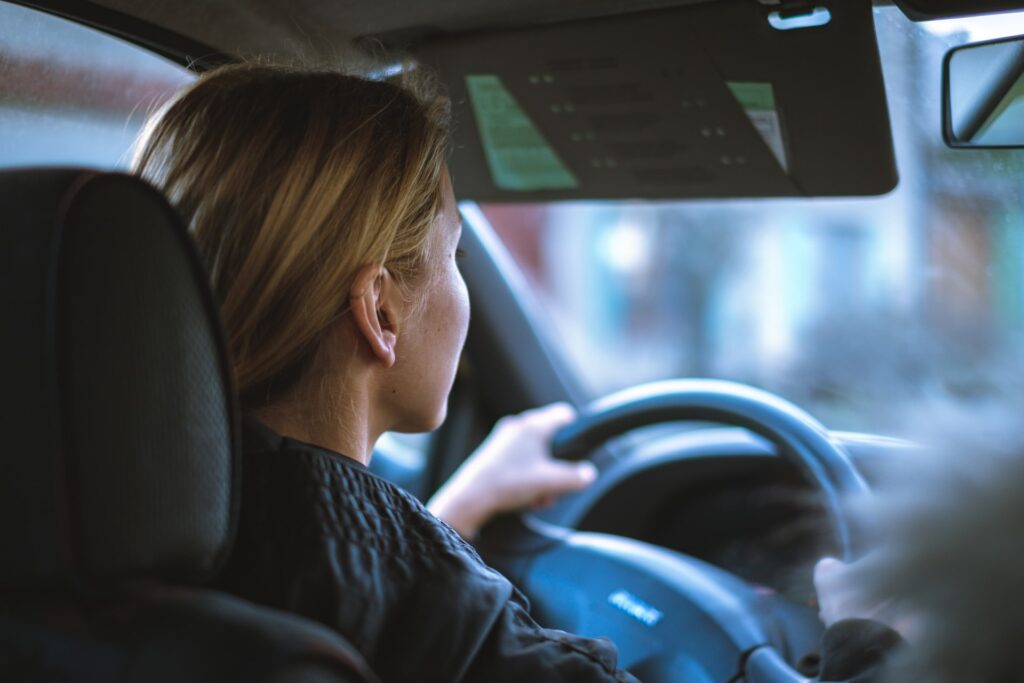At the beginning of the COVID-19 pandemic, I lived in the Flatbush neighborhood of Brooklyn, New York. As August rolled around, I made a spontaneous move and have spent the latter part of the pandemic from Waco, Texas. My experience in these two extremely different contexts has given me a chance to see how the way I moved around a city affects how connected I feel to it.
As Brooklyn adjusted to COVID, I scaled back on my number of trips to Manhattan and easily transitioned to a more local style of life. I stopped riding the metro and began walking and biking most places, spending more money with local shops. I had never really lived this locally before and was delighted to discover how easily I could go weeks at a time without a single ride on the subway or ever stepping foot into Manhattan.
In contrast, during my first 10 months in Waco, I couldn’t get anywhere without driving. While I was thankful for a roommate who shared her car with me, it was disorienting to lose the freedom of walking and biking to get where I needed to go. My sense of place was more disjointed. Slowly, I learned where the best shops in town were, but they were all random stars on my Google maps, disconnected from each other, separated by a dizzying array of roads.
While I could drive those roads and get from shop to shop, my sense of connectedness to the journey felt less robust. Because my car had been doing all the work and getting me from Point A to Point B, I had no relationship to these roads, no sense of how these businesses were connected to each other.
Regaining a sense of the local in a car-dependent world
The relationship between our modes of transit and our sense of place has been long discussed by urbanists, especially as we confront the rising cost of car-dependence in America. Every technology brings with it a set of values, and this was no different with the car. Introduced to the city in the 1900s, the private automobile was especially disruptive to city life because of how intensely it valued speed and distance.
To shape a city around the car meant to reconfigure it to meet these values. In the 1920s, city planners began spreading homes and businesses farther apart, widening roads, providing millions of parking spaces, and keeping other road-users (trains, pedestrians, children) out of the car’s way.

Unfortunately, it’s a challenge to this day to ensure safety, as cars continue to claim lives in accidents. Over the past few years, broader financial and public health costs of car-based design have become increasingly evident as well. Harder to measure but still important are three other ways car dependence leads to a fractured sense of place.
First, cars move us around too quickly.
When we’re driving through our cities, we’re moving at a pace that compromises deep attention. Not only is it common for drivers to miss entire neighborhoods, but it’s also easy to miss entire businesses, interesting details and people. Moving at this pace thins out our understanding of the city and disconnects us from its beauty and brokenness. It’s like saying you know Rome because you’ve flown over it.
This high-speed perspective also shapes our priorities and focuses our attention on the issues related to improving our experience as drivers. While rational, these preferences (more parking, wider lanes, straight roads to drive fast) are more often than not antithetical to that of a human-scaled, safe and productive city.
Second, driving diminishes our understanding of the landscape
As the least embodied version of transit, driving dilutes our sense of place by weakening our relationship to the natural landscape. When driving, we’re protected from natural elements, difficult terrain and the sounds and smells of our environment. We no longer have to negotiate with these realities or endure them.
Consequently, there’s so much about our natural landscapes that we simply don’t know. And our relationship to nature changes too. Driving teaches us to enjoy beautiful vistas when it’s convenient, but to avoid the ugly/dangerous and respond to the inconvenient through avoidance or domination.
Non-driving, in contrast, positions us to experience a richer connection to our natural environment. Sure it’s not always comfortable, but processing the landscape with our bodies strengthens our bond to that place, whether that’s feeling the strain of our muscles as we walk up a hill, feeling the wind in our face as we bike to work, or noticing the change in sound and smell as we move from neighborhood to neighborhood.
Third, cars, make getting around too easy.
Besides competing for space, gas and parking, there’s no really important challenge to driving. Because it liberates us from natural constraints, driving gives us a false sense of freedom that drives us to competition and ultimately leaves us feeling extremely frustrated when we realize we actually can’t have our way.
Non-driving forms of transit are all stimulating experiences that require us to put up with some kind of constraint, be patient, apply our creativity and exert effort for something we consider worthwhile.
Ultimately automobiles are a form of technology. As Neil Postman wrote in Amusing Ourselves to Death, all forms of technology require us to strike a bargain…we’ll receive a set of benefits (in the case of cars, speed, convenience and comfort) but it will come at a cost. Postman was writing as a critic of mass media, but I think the question he poses is a worthwhile one to pose to the car-centricity of our cities. Cars are convenient and fun, but are they worth it?
